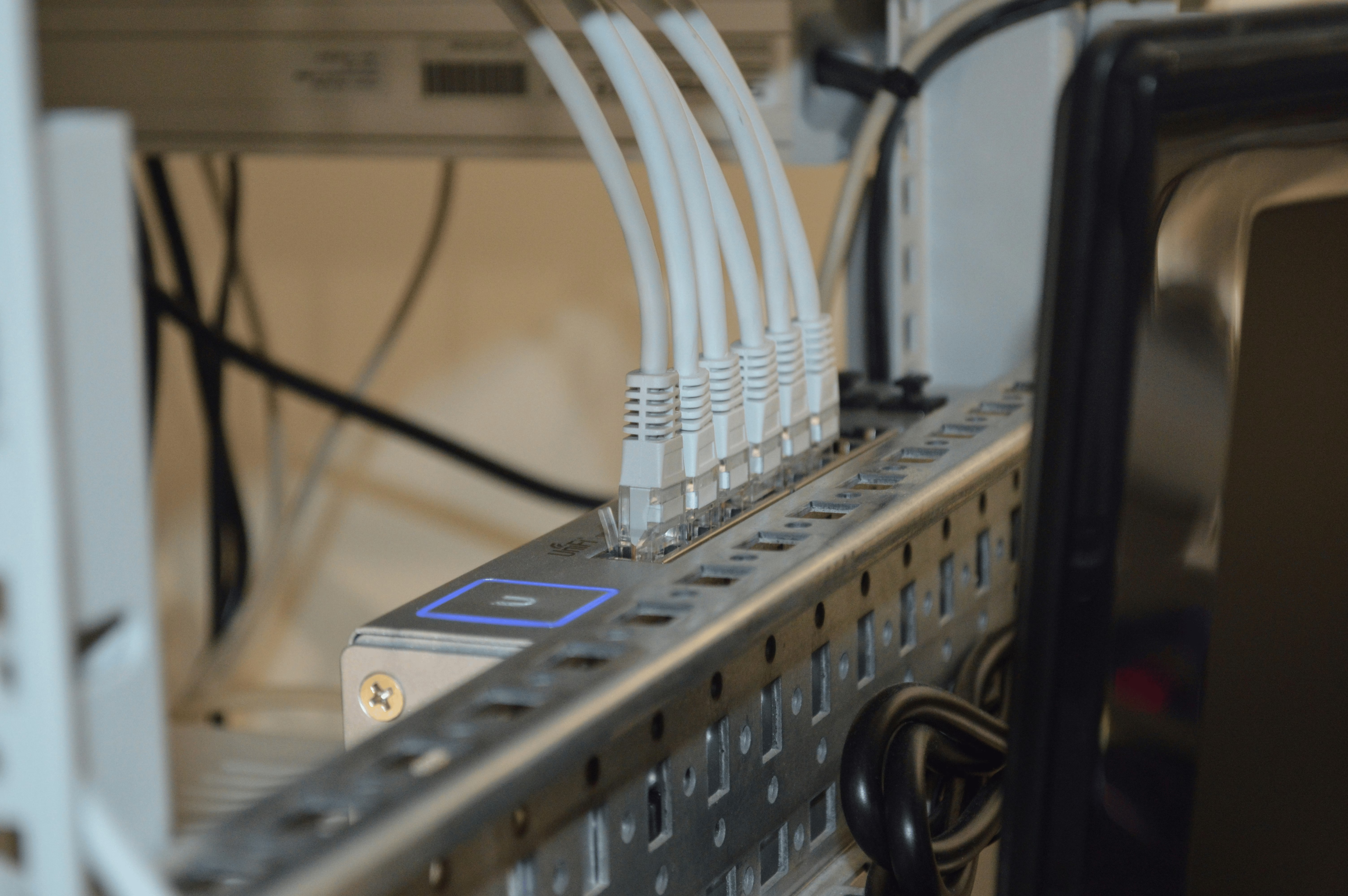The Internet of Behavior (IoB) represents a significant evolution in how data is utilized to influence decision-making across industries. By connecting digital data points to human behaviors, IoB bridges the gap between technology and psychology, offering profound opportunities for businesses, governments, and individuals. Here, we explore what IoB is, how it works, its applications, and the ethical considerations it entails.
What is the Internet of Behavior (IoB)?
The IoB refers to the use of data gathered from devices, sensors, and digital interactions to analyze, predict, and influence human behavior. Unlike the Internet of Things (IoT), which focuses on interconnectivity between physical devices, the IoB focuses on the human behaviors those devices reveal. For instance, data from fitness trackers, smart appliances, or social media platforms can offer insights into health habits, consumer preferences, or emotional states.
By leveraging technologies such as artificial intelligence (AI), machine learning (ML), and advanced analytics, IoB enables organizations to:
- Understand customer behavior patterns.
- Predict future actions based on historical data.
- Personalize experiences to enhance user satisfaction.
How Does IoB Work?
The IoB ecosystem collects data from a wide array of sources, including:
- Wearables and IoT Devices: Smartwatches, health trackers, and connected home devices collect real-time behavioral data.
- Digital Footprints: Online browsing habits, app usage, and social media activity provide a wealth of information.
- Environmental Sensors: Devices in smart cities or workplaces monitor and respond to behavioral trends.
- Biometric Data: Facial recognition, voice analysis, and other biometric systems add a layer of emotional or physiological context.
This data is processed and analyzed using algorithms that draw connections between actions and outcomes. For example, if a user repeatedly searches for healthy recipes and logs fitness activities, an app might suggest targeted advertisements for health products or provide motivational content.
Applications of IoB
1. Marketing and Customer Experience
IoB enables hyper-personalized marketing by analyzing consumer preferences and purchasing patterns. Companies can create tailored advertisements, product recommendations, and loyalty programs that align with individual needs.
2. Healthcare
IoB plays a pivotal role in preventive healthcare. Devices that track heart rates, sleep patterns, or dietary habits can alert users to potential health risks while guiding healthier choices.
3. Smart Cities
IoB helps in optimizing urban environments. For example, traffic patterns analyzed through IoB data can lead to more efficient public transportation schedules or reduce congestion through adaptive traffic lights.
4. Workforce Optimization
In workplaces, IoB can monitor employee productivity and well-being. Data from wearable devices or workflow analytics can identify burnout risks, improve task assignments, and enhance job satisfaction.
5. Education
IoB is revolutionizing e-learning platforms by tracking student engagement and tailoring content to match individual learning styles. For instance, adaptive quizzes can adjust difficulty based on real-time performance.
Ethical and Privacy Concerns
While the IoB offers immense potential, it also raises significant ethical questions:
- Data Privacy: Collecting behavioral data can lead to invasive monitoring. Organizations must ensure transparency in data usage and obtain user consent.
- Bias in Algorithms: Decisions driven by IoB must avoid perpetuating biases embedded in historical data.
- Security Risks: Sensitive behavioral data is a prime target for cyberattacks, making robust security measures essential.
- Behavioral Manipulation: There is a fine line between influencing behavior for positive outcomes and exploiting it for profit.
Future of IoB
As IoB continues to evolve, its integration with technologies like 5G, blockchain, and edge computing will enhance data collection and analysis capabilities. Regulatory frameworks and ethical guidelines will play a crucial role in shaping its adoption. Ultimately, the IoB has the potential to redefine how organizations understand and interact with people, driving innovation across every sector.
Final Thoughts
The Internet of Behavior represents a new frontier in technology-driven insights. By combining behavioral science with advanced analytics, IoB offers a powerful tool for understanding and influencing human actions. However, navigating its ethical complexities will be key to ensuring its benefits outweigh its risks. As IoB becomes increasingly embedded in daily life, staying informed about its developments and implications is essential for both organizations and individuals.



